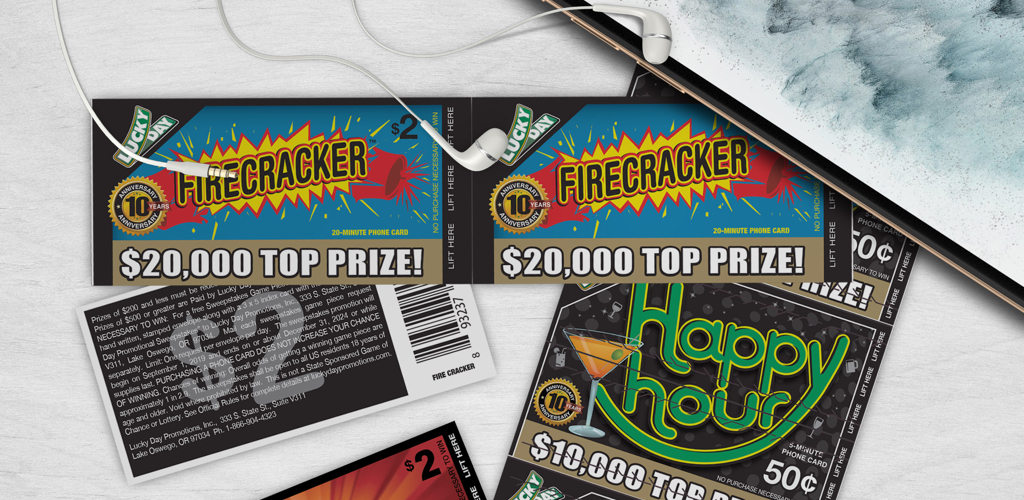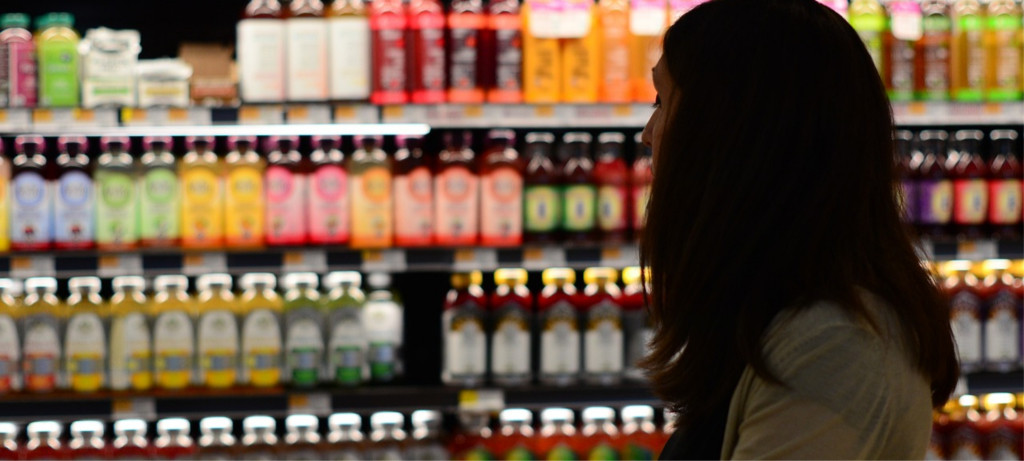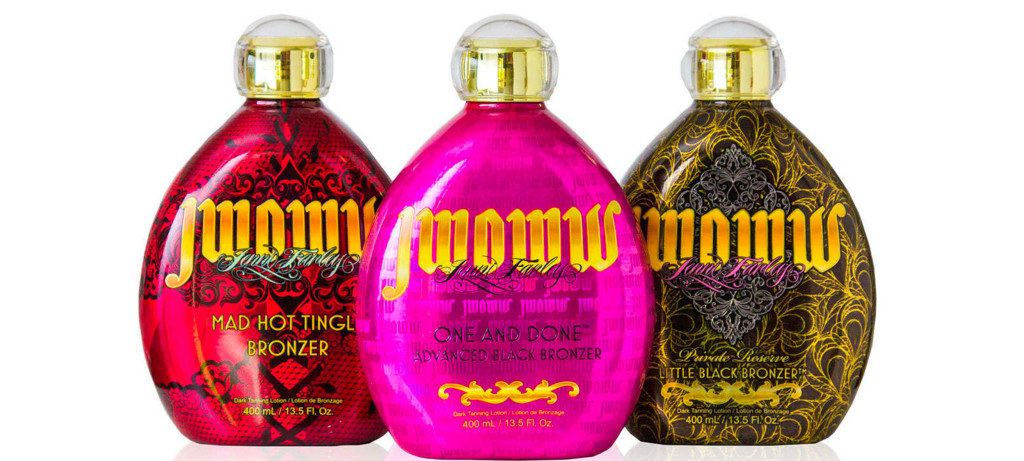Outsmarting phone card fraudsters requires innovative label engineering

When Lucky Day ventured into the non-magnetic phone card business in 2004, the dominant technology was simple: just scratch off an opaque latex coating to get the PIN (Personal Identification Number) for long distance phone calls.
But from day one, owner Stewart Whipple differentiated his products with interactive peel-and-reveal tabs — exposing both the pin and sweepstakes for instant cash rewards up to $20,000.
Business boomed in convenience stores across the American South, particularly those in Arkansas and Mississippi. But with a far-away label provider in Vermont, Lucky Day faced distribution logistics problems from the beginning.
“It was really cumbersome. They were expensive and there were a lot of shipping costs associated with it,” Stewart said.
Engineering peel-away packaging can be tricky. And nailing Lucky Day’s precise colors, crisp graphics and tamper-proof pin protection required expertise. Few North American presses could even manufacture Stewart’s vision.
But at a 2005 trade show, he happened to walk by the Alabama-based RayPress booth. Their Birmingham location was ideally positioned for shipping.
It was a slam-dunk partnership … except for one thing.
Fraudsters kept trying to counterfeit Stewart’s sweepstakes pieces. More on that later.
But thanks to his ongoing collaborative partnership with the experts at RayPress, Stewart has thwarted bad actors at every turn for the past 17 years.
The result? Higher margins, better customer retention and becoming the premium product.
Overview
- Location — Birmingham, AL
- The problem — Fraudsters copying and altering game sweepstakes pieces
- The solution — Innovative engineering to stay a step ahead of fraudsters
- Result — A top-selling phone card with expert tamper-proofing
Clever marketing needs an expert partner
People buy phone cards for private long-distance calling minutes, but the market is tight. While competitors fought for consumer attention with eye-catching colors and busy graphics, Lucky Day did that and more.
“It’s a very niche market. Just the same way that McDonald’s has sweepstakes to promote their products, I’ve built sweepstakes into the phone card,” said Stewart. “So rather than just scratching the pin number off to make the phone call, I have instant rewards. The same time they peel it open, it shows the pin number as well as the result of the game piece.”
Winners just return to the original store to exchange the prize tabs for rewards ranging from $0.50 – $20,000. Lucky Day has paid out $800,000+ to date — turning it into one of the most recognizable and in-demand brands on the market.
But good peel-and-reveal labels, whether smooth peel or zipper, are surprisingly tricky to manufacture.
“When I first got into this business, peel-and-reveal used a different technology: it was with two glued pieces that would pull apart. That’s still pretty typical, but there are problems with that mechanism,” said Stewart. “Sometimes the glue doesn’t pull apart appropriately — it’s too sticky. Then it tears the paper and you lose the pin number or sweepstakes result.”
Both problems frustrated paying customers.
In Stewart’s first year of business, he developed a peel-and-reveal that “zipped” off with perforations instead of using full-glue smooth ply labels. And then he moved his business to RayPress the following year, where senior account manager Dave Bennett handled Stewart’s projects for over a decade. By the time Monte Stewart took over the account in 2017, the zipper perforation was perfect. This means that the perforation that makes the top ply easy to tear away never cuts the base ply.
“To keep it from punching through, it’s all done with a dye. And the tolerances on our dyes are really, really tight. I’m sure it’s perceived as a difficult thing to do — we can cut up to 10 millimeters thick and not cut the liner. I mean, it’s literally just splitting hairs. But our equipment and dyes setup allows us to do that,” said Monte.
Another design problem Stewart wanted to tackle was the stereotypical flimsiness of phone cards. His product needed to stand up to the daily hustle of a convenience store counter. He did this by increasing both the size and thickness of his card. From a sales perspective, the move worked. But reducing flimsiness then created another challenge.
“These phone cards come in a roll. If they don’t tear off easily, the store is upset because they’re moving fast. They’re trying to sell beer and cigarettes and gas and they’ve got a line — the perforation between the cards is important. That’s one of the things that we focused on: making that easy,” said Stewart.
Once again, dies built for perfect perforation were the answer.
While these changes helped increase the quality of the overall product, another more insidious problem soon surfaced — sometimes before the cards even left the store.
“Store owners and distributors were freaking out.”
In the early days, Stewart spotted a strange trend: Many sweepstakes winners just happened to be convenience store clerks. He only had one explanation:
“Fraud in the marketplace.”
The existing cards on the market were blank white on the backsides, and store clerks spotted an opportunity. By shining flashlights through each card in the roll, they could identify winning tickets and then reap the rewards.
The fix seemed easy: print the rules in white lettering on black ink on the backside, then use randomized black ink patterns on the interior to conceal the sweepstakes pieces. And it worked for a while.
But more sophisticated fraud schemes soon emerged — from counterfeit game pieces to tampered tabs claiming higher rewards — and Stewart’s phone started ringing again.
“Store owners and distributors were freaking out,” he recalled. “They would say, ‘I can’t sell these cards. There’s too much fraud. You guys have got to do something.’”
Because stores depend on Lucky Day reimbursements for cash prices, fraud is a major problem that loses money and trust. While Stewart reimbursed strapped store owners, he knew he needed a better system.
“Security became a really important feature.”
So he turned to RayPress, his trusty partner. Lucky Day products have evolved over the years, but some measures include:
- Variable data printing — This adds unique product identifiers to each game piece to prevent counterfeits from infiltrating the market.
- Shading and screen effects — By using halftoning to apply a gold sheen over the cash prize amounts, Lucky Day added another layer of tamper-proofing and improved the look of the product.
- Consolidated SKUs — As security elements increased, Stewart maximized cost-efficiency by running 10 SKUs at a time.
With bolstered security measures, Stewart now had a new elevator pitch for wary convenience store owners:
“You could go and ask, ‘Are you getting tired of your cards being fraudulently manipulated? Well, my product can’t do that.’ From a sales standpoint, it makes a huge difference,” said Stewart.
With the new features, store owners could verify the authentic game pieces before cashing out. And today Lucky Day is considered one of the most secure phone card sweepstakes brands on the market.
Engineering premium protection since 1973
When Stewart first partnered with RayPress 17 years ago, he was understandably hypervigilant about his product. The then-new entrepreneur had already been burned by unnecessary costs and quality control issues at prior presses.
Phone cards with peel-and-reveal sweepstakes are complicated. And their production involves several moving parts that makes manufacturing them vulnerable to error.
In the early days, Stewart traveled to Birmingham to monitor production at RayPress. But from the first job, it was clear that RayPress cared about perfection.
“It runs through this machine at, say, 150 miles an hour. Just goes screaming through. And it prints them and perforates them and winds them up on a ginormous roll — and then they take it to another station and wind it down into small 1,200-piece rolls. They put them in zip lock bags, case them up and they all have to be in one order. They do a lot. It’s a big project,” said Stewart. “But they really pay attention to detail. It can be an art.”
RayPress first opened its doors in 1973. Along with their full suite of label printing and manufacturing capabilities, they also specialize in promotional game pieces and instant redeemable coupons. This is a highly regulated industry that’s only available to manufacturers who meet the legal requirements and invest in the technology and personnel. This includes:
- E & O insurance
- Extensive security measures
- An in-house games and sweepstakes administrator
- On-site shredding
“I used to travel out there a lot more than I do now. I made the effort to be on press while they were producing, and I would check and get samples. Now that everything is dialed in, I let them run the rest of the job without me watching over their shoulder.”
As time passed, his confidence in RayPress only improved. In fact, Stewart hasn’t done a press visit in years. And while digital tools like EASESENTIALSTM offer clear value to other RLG customers, he doesn’t personally feel the need to oversee operations anymore.
That’s because he trusts Monte and the RayPress legacy. Full stop.
How promotional product labels worked for ITG Brands
When Melissa Schleiter joined ITG Brands as a senior merchandising specialist in 2015, she inherited a relationship with RayPress that stretched back to the 1970s. Back then, the site pioneered dry-release coupons to drive sales for ITG. And as the consumers, regulations and technology evolved over the years, their promotional product label strategies did, too. From simple peel-and-reveal coupons to modern variable data printing (VDP) game pieces and more, ITG Brands has relied on RayPress’ commitment to service excellence for decades.
So when newcomers like Melissa step into their roles, they get the peace of mind that comes from working with a trusted, long-established partner.
“I haven’t had any stressful times with RayPress, and everything’s always done on time,” said Melissa. “Monte and Lynn — they’re amazing. They make recommendations on the print. They’re very quick. They keep me updated. They’re on the ball.”
Start tamper-proofing your products now
Lucky Day and ITG’s long-term success with RayPress hinges on ongoing collaboration, communication and trust. That’s only possible with a professional partner that’s committed to putting your needs first — and that’s what you get when you work with Resource Label Group.
Our coast-to-coast network of knowledgeable local operators strives to find quality custom solutions for you. Whether you need tamper-proof game pieces, extended full-body shrink sleeves, RFID tags or something else, RLG won’t just achieve your brand vision, but exceed your expectations.
Ready to start protecting your consumers, products and brand today? Get a quote today.
Whether you need guidance or solutions, we help you make educated decisions for your brand.
Tags:


